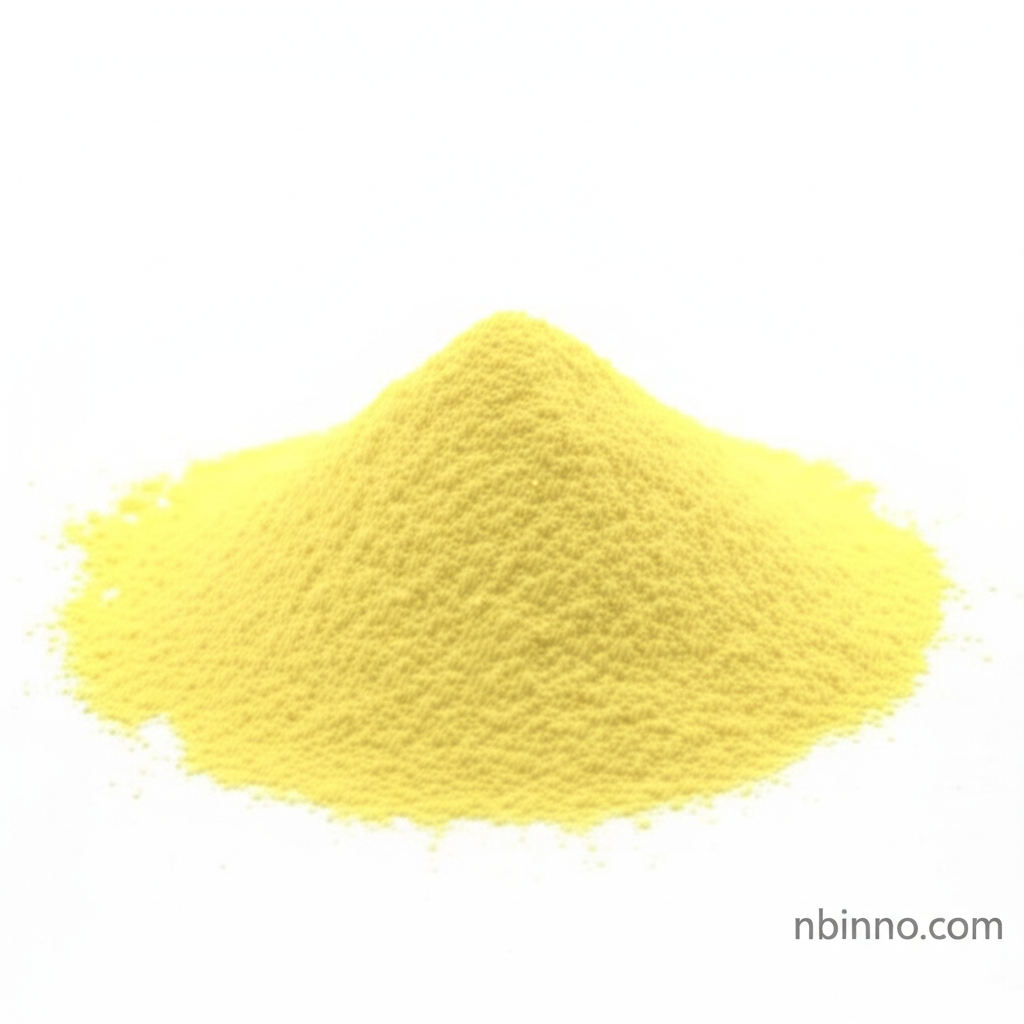Niclosamide: A Comprehensive Overview of its Properties, Applications, and Research Significance
Explore the multifaceted nature of Niclosamide, from its core chemical attributes to its groundbreaking therapeutic potentials.
Get a Quote & SampleProduct Core Value

Niclosamide
Niclosamide, identified by CAS number 50-65-7, is a crucial benzanilide compound renowned for its potent anthelmintic and molluscicidal activities. Its chemical formula, C13H8Cl2N2O4, and molecular weight of 327.12 g/mol underpin its diverse biological functions. Beyond its established uses, Niclosamide is emerging as a significant STAT3 inhibitor and autophagy inducer, making it a compound of intense interest in anticancer and antiviral research. Understanding its Niclosamide chemical properties is key to unlocking its full therapeutic potential.
- Niclosamide STAT3 inhibitor capabilities are being explored for novel cancer therapies, offering targeted approaches to disease management.
- The compound’s role as an autophagy inducer presents avenues for research into cellular health and disease treatment.
- As a widely recognized anthelmintic, Niclosamide effectively combats parasitic worm infections.
- Its potential Niclosamide anticancer activity is supported by studies demonstrating its impact on various cancer cell lines and signaling pathways.
Key Advantages of Niclosamide
Versatile Biological Activity
Niclosamide exhibits a broad spectrum of biological actions, serving as an effective anthelmintic, molluscicide, and demonstrating significant potential in modulating key cellular pathways like STAT3 signaling and autophagy, which are crucial in Niclosamide research.
Promising Therapeutic Repurposing
The compound's documented efficacy against parasitic infections, coupled with its emerging Niclosamide anticancer activity and antiviral properties, positions it as a prime candidate for drug repurposing in various medical fields.
Well-Defined Chemical Profile
With a clear CAS number (50-65-7) and molecular formula (C13H8Cl2N2O4), Niclosamide offers researchers a well-characterized substance, ensuring consistency and reliability in experimental outcomes. Its Niclosamide purity and solubility are meticulously documented.
Key Applications
Anthelmintic Treatment
Primarily utilized for its potent anthelmintic properties, Niclosamide is a cornerstone in treating tapeworm infections, offering a reliable solution for parasitic control.
Cancer Research
Emerging research highlights Niclosamide's anticancer potential, particularly its role as a STAT3 inhibitor and its ability to induce apoptosis in cancer cells, making it a key focus in Niclosamide anticancer activity studies.
Molluscicide Use
Niclosamide is also employed as a molluscicide, playing a role in public health initiatives for controlling snail populations that transmit diseases like schistosomiasis.
Autophagy Modulation
The compound's capacity to act as an autophagy inducer is a growing area of interest, opening new research avenues for understanding and treating diseases linked to cellular stress and dysfunction.
